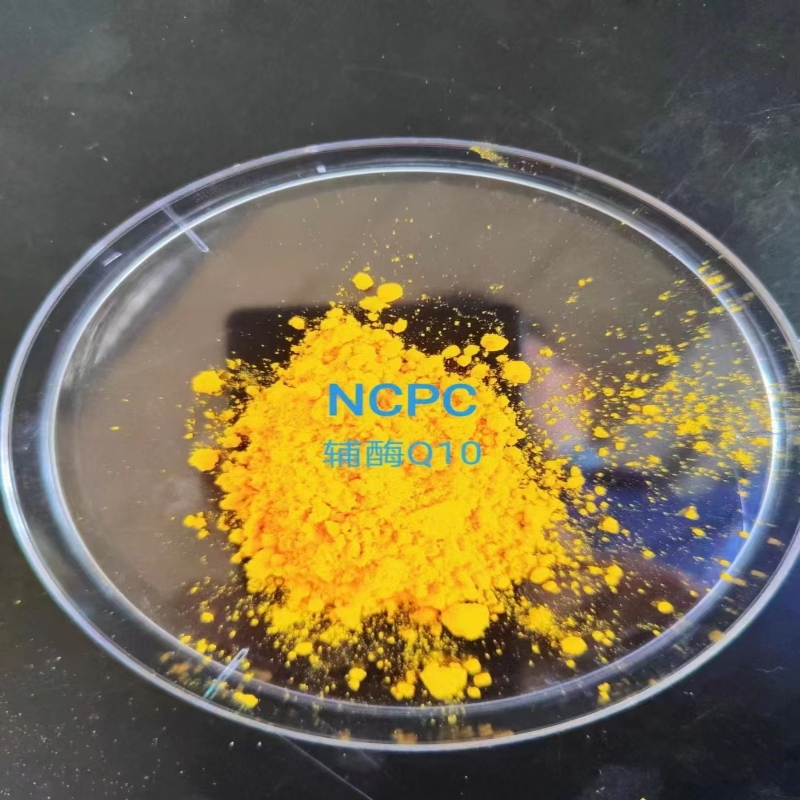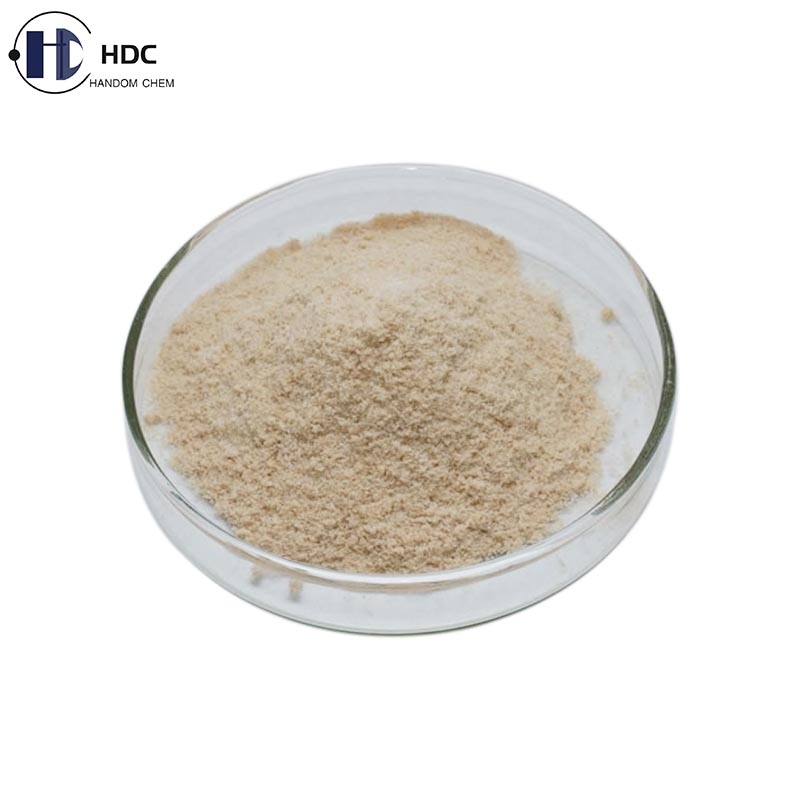A new integrated bio saccharification process of lignocellulose was proposed
-
Last Update: 2019-03-03
-
Source: Internet
-
Author: User
Search more information of high quality chemicals, good prices and reliable suppliers, visit
www.echemi.com
The economy and cleanness of lignocellulosic biotransformation have been the biggest bottleneck to block the large-scale utilization of agricultural and forestry wastes such as straw At present, the main strategy of lignocellulose biotransformation is simultaneous saccharification and fermentation process based on free cellulase, but the core enzyme technology is monopolized by foreign companies, and the cost of enzyme is difficult to be further reduced, which makes the existing process not competitive in the market Integrated bioprocessing (CBP) is a strategy of lignocellulosic transformation put forward in recent years It integrates cellulase production, lignocellulosic substrate enzymolysis, final product fermentation and other links into the same reactor, which has the advantages of simplifying process, reducing cost and equipment requirements However, because CBP strategy will carry out multiple steps in the same reactor at the same time, it needs to compromise and balance the reaction conditions, and it is difficult to obtain high enzyme production, enzymolysis and fermentation level at the same time, and the final product is single and difficult to adjust, which greatly limits its application scope For this reason, the metabolite group of Qingdao Institute of bioenergy and process, Chinese Academy of Sciences has developed a new strategy for the integrated bio saccharification (CBS) of lignocellulose based on the whole bacterial catalyst of fiber bodies [Liu s, et al, 2019, 12 (1): 35] The strategy integrates the production of enzyme with the hydrolysis step, and separates the downstream fermentation step to a certain extent With the platform compound of fermentable sugar as the target product, it has the advantages of low cost, simple process and flexible downstream export It is expected to be widely used in the bioconversion of lignocellulose to produce various chemicals, functional foods and drugs Cellulose corpuscle is a supramolecular complex secreted by anaerobic microorganisms such as Clostridium thermocellum, which can degrade lignocellulose efficiently It is one of the most efficient lignocellulose degradation systems in nature The metabonomics research group has long been committed to the genetic transformation, mechanism of action and metabolic engineering research of cellulose degrading bacteria such as Clostridium thermophilus and their fiber bodies, using the genetic operation hardware and software independently developed by the research group Tools: the physiological and biochemical characteristics of Clostridium thermophilus, the assembly of fibrosomes, the regulation of synthesis and the inhibition of products, the uptake and metabolism of products were systematically studied, and the functional mechanism and regulation of Clostridium thermophilus and its fibrosomes were deeply understood On this basis, in 2017, the research group first successfully developed a whole bacterial catalyst based on fiber bodies to achieve efficient conversion of lignocellulosic substrate to fermentable sugar [Zhang J, et al, 2017, 10 (1): 124], initially established the prototype of CBS process, but there are still problems such as insufficient release of product inhibition, decline of key enzyme production, slow saccharification speed, etc In order to solve these problems, the research group constructed the second generation of all bacteria biocatalyst through the reconstruction and optimization of fiber body in situ, and optimized the key factors affecting the process efficiency, such as the composition of culture medium, inoculation amount, seed culture, and substrate load, which significantly improved the saccharification efficiency and shortened the saccharification time Under the optimal conditions, the whole saccharification process time was shortened by 50% with the pretreated wheat straw as the substrate, the sugar yield reached 0.795g/g, and the sugar yield was 89.3% (as shown in the figure) Combined with the pretreatment technology of lignocellulose developed by our laboratory, the cost of lignocellulose saccharification is greatly reduced, and it has the possibility of industrial application This work provides a new biocatalyst for CBS and an optimized process matching with it, which proves that CBS is a feasible low-cost and efficient utilization strategy of lignocellulose The metabonomics research group reported the process strategy in a research paper published online on February 18 in biotechnology for biofuels, and formally proposed the concept of "integrated biological saccharification (CBS)" At present, metabonomics research group is carrying out pilot scale-up of the CBS process and establishing an industrial demonstration system based on the process, which is expected to greatly promote the industrialization process of lignocellulose biotransformation Liu Shiyue, a doctoral student in the research group, and Liu Yajun, an associate researcher, are the co authors of the paper, and Cui Qiu, a researcher, is the corresponding author of the paper The work was supported by the strategic pilot program of the Chinese Academy of Sciences, the National Natural Science Foundation of China and the natural science foundation of Shandong Province.
This article is an English version of an article which is originally in the Chinese language on echemi.com and is provided for information purposes only.
This website makes no representation or warranty of any kind, either expressed or implied, as to the accuracy, completeness ownership or reliability of
the article or any translations thereof. If you have any concerns or complaints relating to the article, please send an email, providing a detailed
description of the concern or complaint, to
service@echemi.com. A staff member will contact you within 5 working days. Once verified, infringing content
will be removed immediately.







